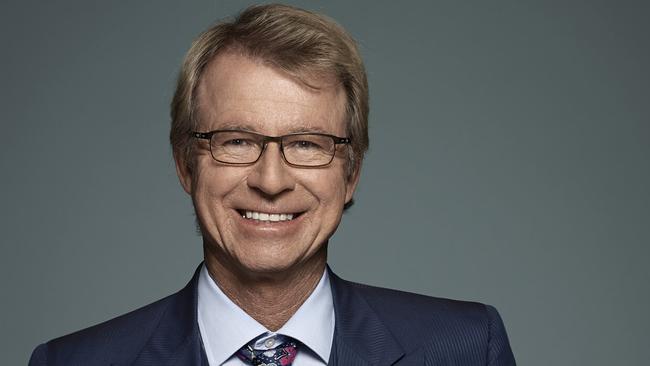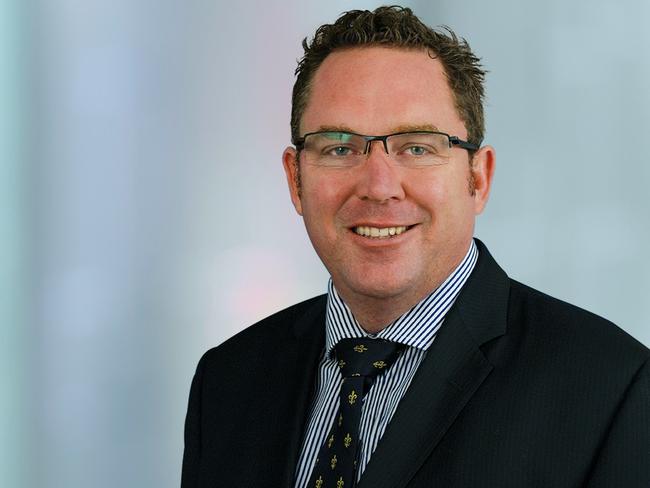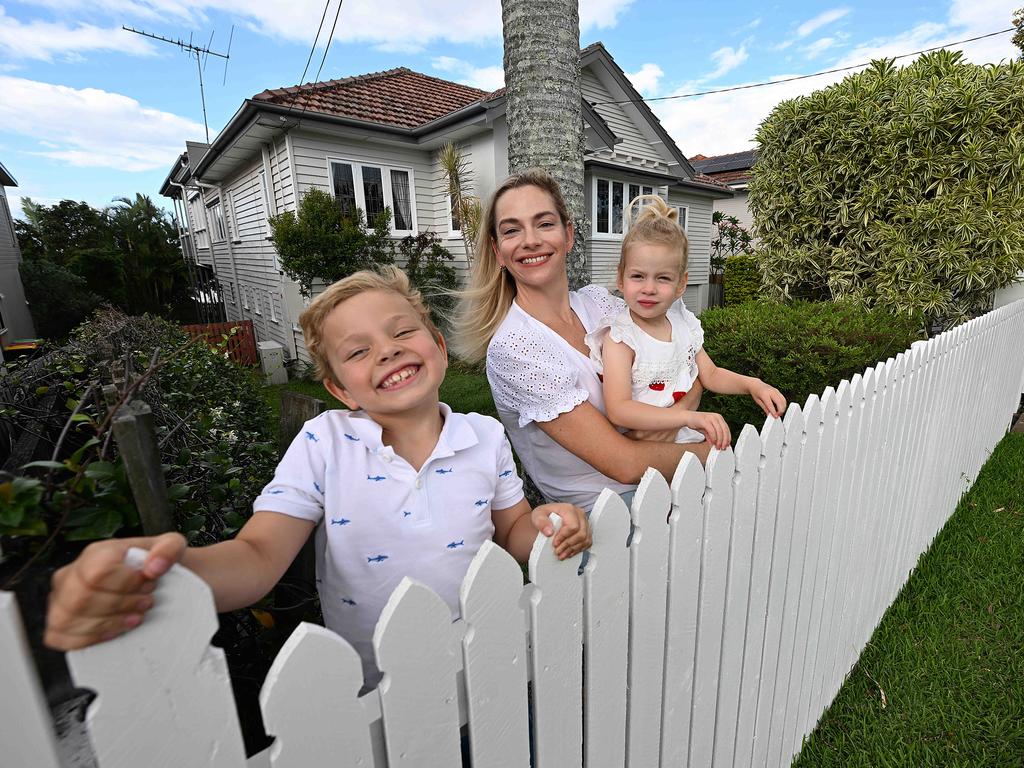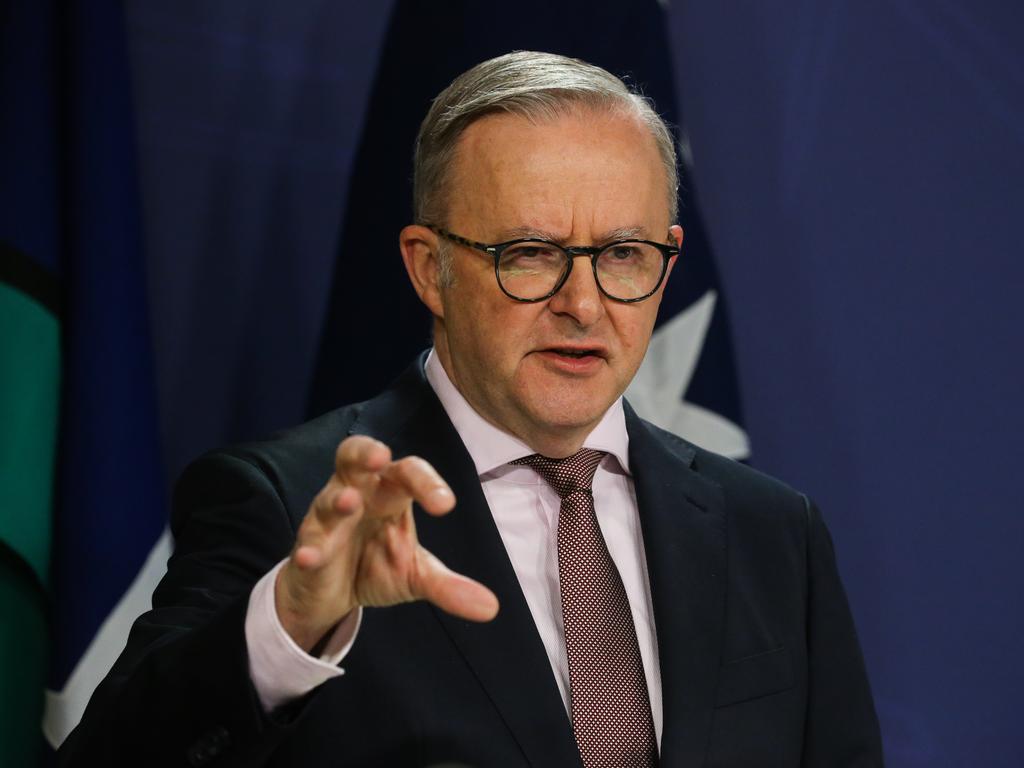Complacency warning: Slowing economy is recession risk
The next six months could prove make-or-break for the economy, leading economists warn, as stalling growth in early 2024 risks tipping the nation into recession.

The next six months could prove make-or-break for the economy, leading economists warn, as stalling growth in early 2024 risks tipping the nation into recession.
AMP chief economist Shane Oliver said the “big issue” for the year ahead was how severely the economy would slow, warning we may have become too complacent about the risks ahead.
“It’s hard to believe we’d have the biggest interest rate tightening cycle since the 1980s with only a minor impact on the economy, which is what we’ve had so far,” Dr Oliver said.
A strong consensus has emerged that the national economy will enjoy a “soft landing” in 2024 and avoid a deeper downturn, despite the intense pressure on households from soaring cost of living and 13 interest rate hikes.
But Dr Oliver said: “It’s hard to believe there’s not more to come in terms of weakness in the economy and there’s a risk that we slide into recession. It’s not our base case but certainly a higher risk.”

The chance of a recession this year was about 40 per cent, he said, with the coming six months key. “If we haven’t gone into a recession or a more severe downturn by the middle of the year, then I would say the risks will recede from there,” Dr Oliver said.
“The fall in inflation should be such that the RBA should be cutting interest rates,” he said, predicting the next move by the central bank would be to cut rates at the June meeting.
KPMG chief economist Brendan Rynne agreed, saying “the resilience that you’ve seen in the Australian economy, particularly in the first half, is not going to hold up in the first half of 2024”.
“I’m expecting virtually zero growth for the December quarter, and meagre growth for the first two quarters of 2024,” Dr Rynne said.
While the economy would accelerate through the back half of this year, Dr Rynne predicted that unemployment would climb from 3.9 per cent now to 4.8 per cent over the coming 12 months.
It would be “an amazing positive” if the lift in the jobless rate was limited to 4.5 per cent, he said.
“I have to say that we have been able to navigate that narrow path,” Dr Rynne said, referring to RBA’s preferred metaphor for the task of taming inflation through higher interest rates, without triggering a big lift in unemployment.

“We are still on it (the narrow path), and for the next six months we have to make sure we don’t take a step off it. The thing that could upset our ability to stay on that narrow path is a blowout in government spending, and by all accounts the (Albanese) government has got that message.”
Analysts are optimistic that, by this time next year the nation’s once-in-a-generation inflation challenge will be over, with most predicting consumer price growth will slow towards the top of the RBA’s 2-3 per cent target range by the end of 2024.
Monthly inflation data from the Australian Bureau of Statistics due to be released on Wednesday is expected to show annual consumer price growth eased further, from 4.9 per cent to 4.5 per cent in November, ahead of December monthly and quarterly figures at the end of January.
Dr Oliver said there was the chance inflation could be below 4 per cent by the end of March.
“If we continue that progression, then it’s quite easy to get to 3 per cent by the end of this year, provided there are no severe supply shocks,” he said.
“There has been horrible flooding in Queensland, and the higher transport costs associated with going around the Horn of Africa, rather than the Suez Canal, but it’s not of the same magnitude as the pandemic disruptions.”








To join the conversation, please log in. Don't have an account? Register
Join the conversation, you are commenting as Logout